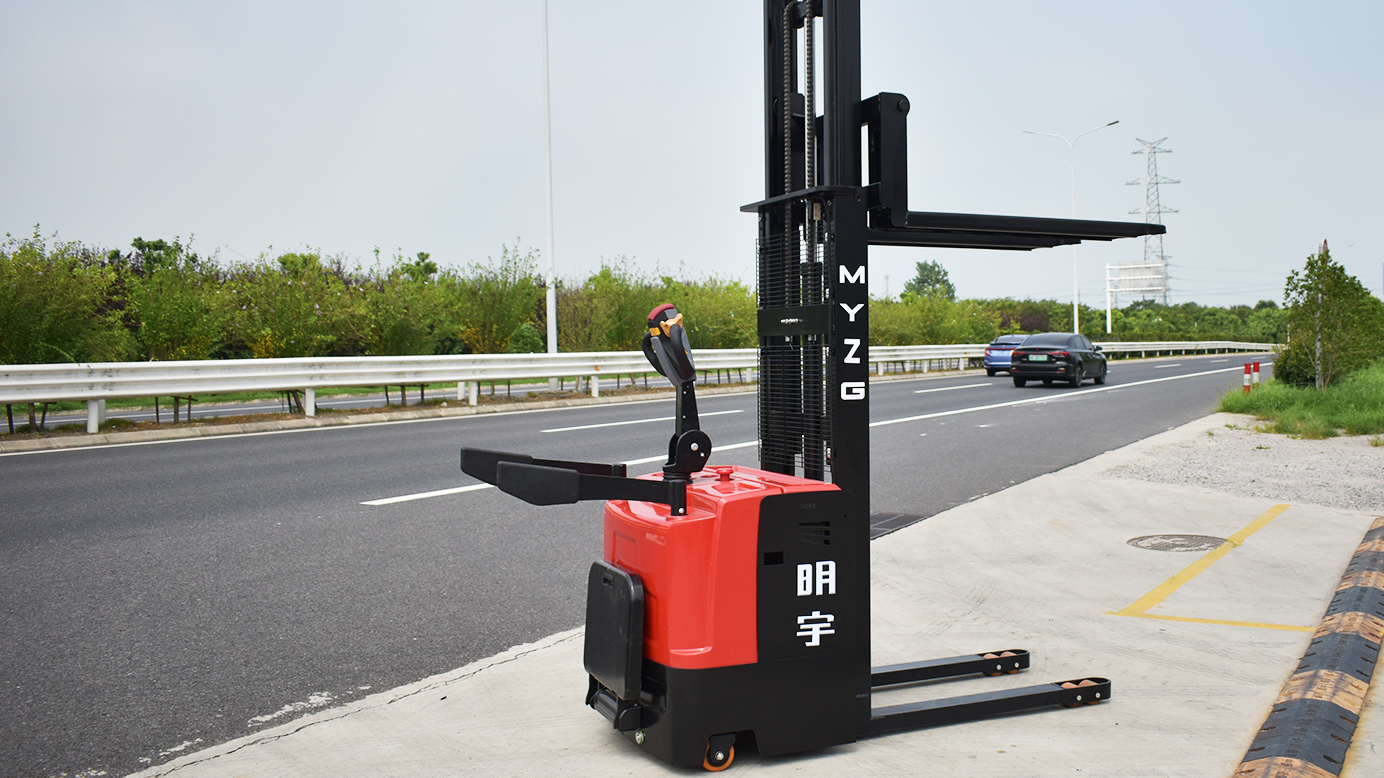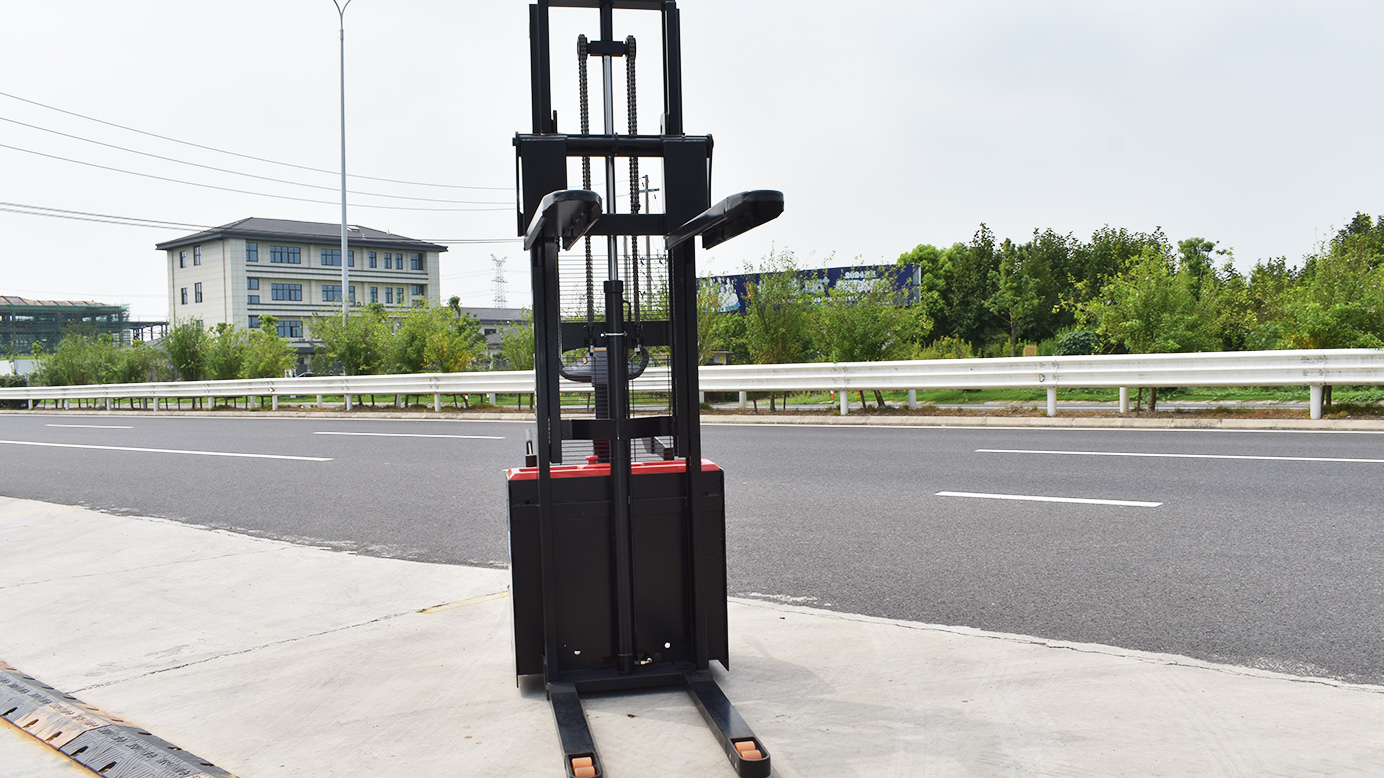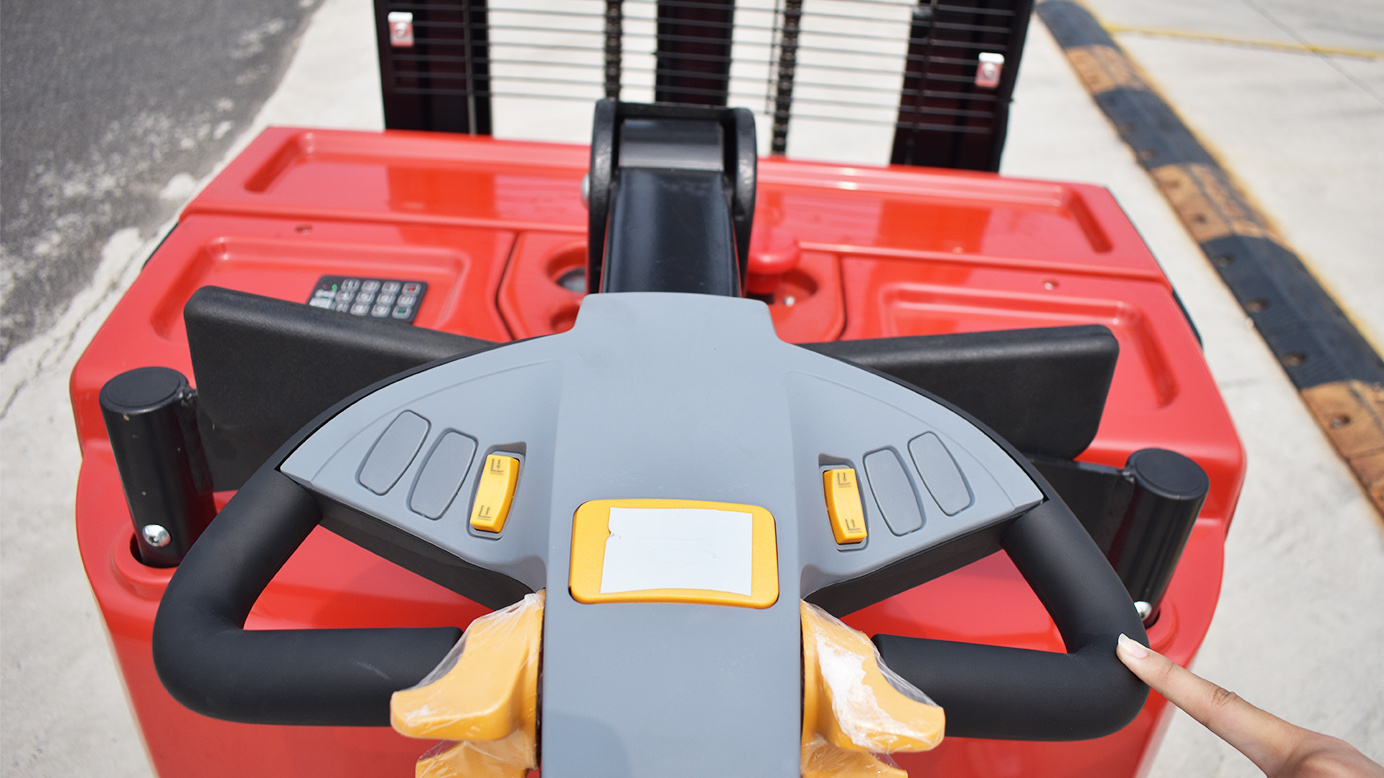I. Introduction
"The modern port is a symphony of coordinated movement, a place where time is money and efficiency is paramount. Picture a vast expanse of containers, stacked high and moving with relentless precision, as ships unload and trucks load in a constant flow. At the heart of this dynamic operation lies the reach stacker, a versatile machine that has revolutionized container handling. This article delves into the crucial role of reach stackers in optimizing port operations, exploring their unique capabilities and how they contribute to enhanced flexibility, speed, safety, and yard utilization. By understanding the advantages of reach stackers, we can appreciate their vital contribution to the global supply chain and the efficiency of modern ports."
II. Understanding Reach Stackers
Reach stackers are specialized heavy-duty machines designed for handling intermodal containers. Their key components include a robust chassis, a telescopic boom, and a specialized spreader that locks onto the container's corner castings. Key specifications include lifting capacity, reach, stacking height, and maneuverability. Reach stackers come in various types, including intermodal reach stackers for standard containers, heavy-duty reach stackers for handling heavier loads, and empty container handlers for efficient stacking of empty containers. Compared to other container handling equipment like straddle carriers and cranes, reach stackers offer a unique combination of flexibility and speed, making them indispensable in modern port operations.
III. Enhanced Flexibility and Maneuverability
One of the key advantages of reach stackers is their ability to access containers in multiple rows and tiers. Unlike cranes, which are fixed in position, reach stackers can move freely around the yard, accessing containers that are stacked deep within the yard. This flexibility allows for efficient yard management and reduces the need for constant container shuffling. Their maneuverability in confined spaces and tight yard layouts is another significant advantage. Reach stackers can navigate narrow aisles and tight corners, allowing for efficient container handling even in congested areas. This capability enables quick repositioning of containers, facilitating efficient yard management and reducing truck turnaround times. By reducing reliance on fixed infrastructure compared to cranes, reach stackers offer greater operational flexibility and adaptability.
IV. Increased Speed and Efficiency
Reach stackers contribute significantly to increased speed and efficiency in port operations. Their faster container handling cycles compared to other equipment minimize truck turnaround times and reduce congestion. The ability to quickly load and unload trucks and railcars contributes to improved yard throughput and overall operational speed. Modern reach stacker technology further enhances speed and efficiency, with features like advanced hydraulic systems, automated spreader controls, and real-time data integration. These advancements enable operators to handle containers with greater precision and speed, minimizing downtime and maximizing productivity.
V. Optimized Yard Utilization
Reach stackers' high stacking capabilities allow for maximizing vertical storage space, optimizing yard utilization. Their ability to stack containers multiple tiers high increases storage density, reducing the need for extensive yard expansion. Flexible container stacking patterns and yard layouts further enhance yard utilization. Reach stackers can easily adapt to changing yard layouts and container flow patterns, allowing for efficient organization and sorting of containers for retrieval. This flexibility ensures that containers are easily accessible when needed, minimizing delays and maximizing efficiency.
VI. Safety and Ergonomics
Safety and ergonomics are paramount in port operations, and reach stackers contribute significantly to both. Improved operator visibility and control enhance safety, allowing operators to maneuver the machine with precision and confidence. Advanced safety features like stability control, load monitoring, and collision avoidance systems further minimize the risk of accidents. Ergonomic design features, such as comfortable seating, intuitive controls, and reduced vibration, contribute to operator comfort and reduced fatigue. By minimizing ground-level personnel interaction with heavy equipment, reach stackers reduce the risk of accidents involving pedestrians and other workers.
VII. Integration with Port Management Systems
The integration of reach stackers with port management systems further optimizes container handling. Data integration allows for real-time tracking of containers, enabling efficient inventory management and reducing the risk of lost or misplaced containers. Remote monitoring and diagnostics enable proactive maintenance and performance optimization, minimizing downtime and maximizing equipment availability. Automated container handling and yard management systems further enhance efficiency by automating tasks like container positioning and yard layout optimization. By leveraging technology, ports can optimize workflow and improve overall operational efficiency.
VIII. Future Trends and Innovations
The future of reach stackers is focused on sustainability and automation. Electric and hybrid reach stackers are gaining popularity, reducing emissions and contributing to a greener port environment. Automation and remote operation technologies are also being developed, allowing for increased efficiency and reduced labor costs. Improvements in lifting capacity and reach are constantly being made, enabling reach stackers to handle larger and heavier containers, further optimizing port operations.
IX. Conclusion
Reach stackers play a crucial role in optimizing container handling in modern port operations. Their enhanced flexibility, speed, safety, and yard utilization capabilities contribute significantly to the efficiency and productivity of ports worldwide. As ports continue to evolve and adapt to the growing demands of global trade, the role of reach stackers will become even more critical. By embracing technological advancements and innovative solutions, ports can leverage the full potential of reach stackers to maximize efficiency and maintain a competitive edge.
Post time:Mar.28.2025



